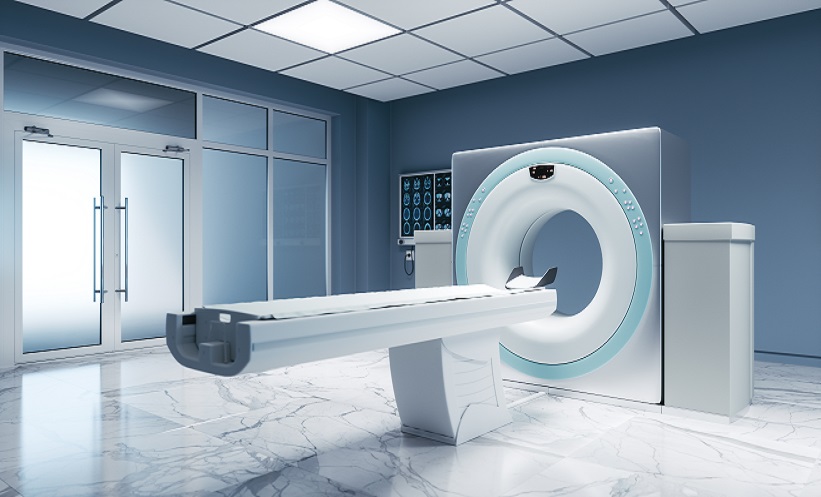THE MAGNETIC resonance (MR) collateral map, derived from dynamic contrast-enhanced MR angiography, has shown promise in predicting functional and tissue outcomes in patients with acute ischaemic stroke (AIS). A study, presented at the 18th World Congress on Controversies in Neurology (CONy), led by Hyun Jeong Kim, Department of Radiology, Daejeon St. Mary’s Hospital, College of Medicine, Catholic University of Korea, Bucheon-si, aimed to investigate whether the CT collateral map can evaluate the baseline lesion and penumbra.
CT collateral maps were generated from CT perfusion, comprising images of arterial, capillary (CMC), early venous (CMEV), late venous, and delay phases. Volumes of diffusion weighted imaging (DWI) lesions were graded, with cerebral blood flow (CBF) <30%, Tmax >6 s, hypoperfused lesions on CMC and CMEV in baseline imaging, and follow-up DWI lesions measured. The concordance correlation coefficients of the volumes of CBF 30% and hypoperfused lesions on CMEV for the volumes of baseline DWI lesions were recorded. In patients with unchanged arterial lesions on follow-up angiography, the concordance correlation coefficients of the volumes of Tmax 6 s and hypoperfused lesions on CMC for the volumes of follow-up DWI lesions were analysed.
Overall, 111 patients (mean age ± standard deviation, 71.6±13.7; 60 females) were included. The concordance correlation coefficients for the volumes of CBF 30% and hypoperfused lesions on CMEV for the volumes of baseline DWI lesions were 0.76 (95% confidence interval [CI]: 0.60–0.91) and 0.97 (95% CI: 0.95–0.98), respectively. The concordance correlation coefficients for the volumes of Tmax 6 s and hypoperfused lesions on CMC for the volumes of follow-up DWI lesions were 0.12 (95% CI: -0.03–0.56) and 0.97 (95% CI: 0.93–0.99), respectively.
In summary, the CT collateral map holds promise for accurately predicting the baseline lesion and penumbra in acute ischaemic stroke cases.








